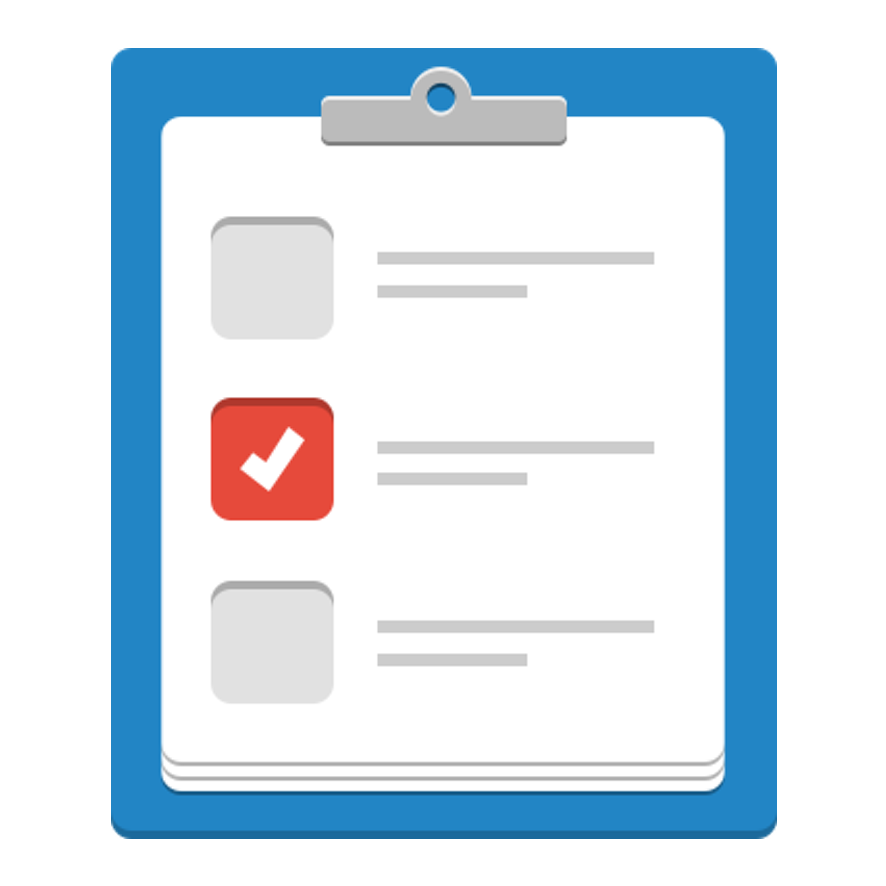Taxon DRAFT Profile
Version: 0.3-DRAFT-2018_11_09 (09 November 2018)
Bioschemas profile for describing a biological taxon
If you spot any errors or omissions with this type, please file an issue in our GitHub.
Key to specification table
- Green properties/types are proposed by Bioschemas, or indicate proposed changes by Bioschemas to Schema.org
- Red properties/types exist in the core of Schema.org
- Blue properties/types exist in the pending area of Schema.org
- Black properties/types are reused from external vocabularies/ontologies
CD = Cardinality
| Property | Expected Type | Description | CD | Controlled Vocabulary | Example |
|---|---|---|---|---|---|
| Marginality: Minimum. | |||||
| @context | URL | Used to provide the context (namespaces) for the JSON-LD file. Not needed in other serialisations. |
ONE | ||
| @type | Text | Schema.org/Bioschemas class for the resource declared using JSON-LD syntax. For other serialisations please use the appropriate mechanism. While it is permissible to provide multiple types, it is preferred to use a single type. |
MANY | Schema.org, Bioschemas | |
| @id | IRI | Used to distinguish the resource being described in JSON-LD. For other serialisations use the appropriate approach. | ONE | ||
| dct:conformsTo | IRI | Used to state the Bioschemas profile that the markup relates to. The versioned URL of the profile must be used. Note that we use a CURIE in the table here but the full URL for Dublin Core terms must be used in the markup (http://purl.org/dc/terms/conformsTo), see example. |
ONE | Bioschemas profile versioned URL | |
| name |
Text |
Schema: The name of the item. Bioschemas: Taxon name without authorship nor date information of the currently valid (zoological) or accepted (botanical) taxon. |
ONE | ||
| Marginality: Recommended. | |||||
| parentTaxon |
Taxon Text URL |
Bioschemas: Direct, most proximate higher-rank parent taxon |
ONE | ||
| taxonRank |
PropertyValue Text URL |
Bioschemas: The taxonomic rank of this taxon given preferably as a URI from a controlled vocabulary (typically the ranks from TDWG TaxonRank ontology or equivalent Wikidata URIs) |
MANY | ||
| url |
URL |
Schema: URL of the item. Bioschemas: Link to the webpage associated to this taxon |
ONE | ||
| Marginality: Optional. | |||||
| additionalType |
URL |
Schema: An additional type for the item, typically used for adding more specific types from external vocabularies in microdata syntax. This is a relationship between something and a class that the thing is in. In RDFa syntax, it is better to use the native RDFa syntax - the ‘typeof’ attribute - for multiple types. Schema.org tools may have only weaker understanding of extra types, in particular those defined externally. Bioschemas: A Taxon type from a well known vocabulary, e.g. DarwinCore http://rs.tdwg.org/dwc/terms/Taxon or http://rs.tdwg.org/ontology/voc/TaxonConcept#TaxonConcept |
MANY | ||
| alternateName |
Text |
Schema: An alias for the item. Bioschemas: Scientific name, possibly including authorship and date information, of a synonym of the currently valid (zoological) or accepted (botanical) taxon. |
MANY | ||
| childTaxon |
Taxon Text URL |
Bioschemas: Direct, most proximate lower-rank child taxa |
MANY | ||
| sameAs |
URL |
Schema: URL of a reference Web page that unambiguously indicates the item’s identity. E.g. the URL of the item’s Wikipedia page, Wikidata entry, or official website. Bioschemas: URL of third-party webpages describing the same taxon |
MANY | ||
| scientificName |
Text |
Bioschemas: Full scientific name, with authorship and date information if know, of the currently valid (zoological) or accepted (botanical) taxon. |
ONE | ||
| scientificNameAuthorship |
Text |
Bioschemas: Authorship information for the scientificName formatted according to the conventions of the applicable nomenclatural Code. Example: “(Torr.) J.T. Howell”, “(Martinovský) Tzvelev”, “(Györfi, 1952)” |
ONE | ||
| vernacularName |
Text |
Bioschemas: A vernacular (common) name of the taxon |
MANY | ||






